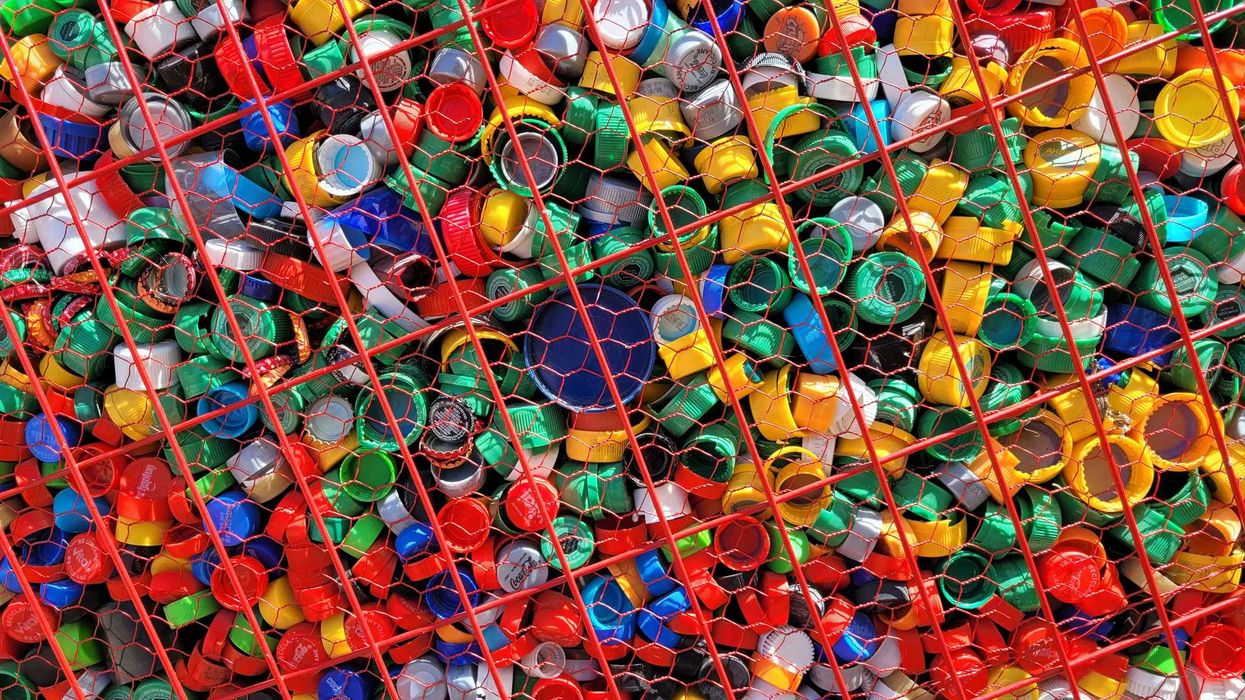Experts shed light on the pervasive issue of microplastics in our daily lives and offer tangible steps to mitigate their impact on health.
Jillian Wilson reports for HuffPost.
In short:
- Microplastics, harmful to health, are found in common items like athletic wear and takeout containers.
- Research indicates microplastics can damage cells and DNA, raising concerns over cancer and fertility.
- Efforts to reduce exposure include opting for natural clothing materials and avoiding certain foods known to contain microplastics.
Key quote:
“If you think about fish and things like that, there’s a lot of microplastics in our oceans, and the fish are eating these, and when we consume the fish, we’re consuming microplastics from them,”
— Jamie Alan, associate professor at Michigan State University
Why this matters:
Research indicates that microplastics can carry toxic chemicals, which, when ingested by marine life, may accumulate and move up the food chain, potentially impacting human health. The particles can also disrupt natural processes in soils and waterways, harming wildlife and ecosystems. Beyond ecological effects, scientists are investigating the extent to which microplastics may affect human health directly, with concerns ranging from digestive system exposure to inhalation into the lungs.














